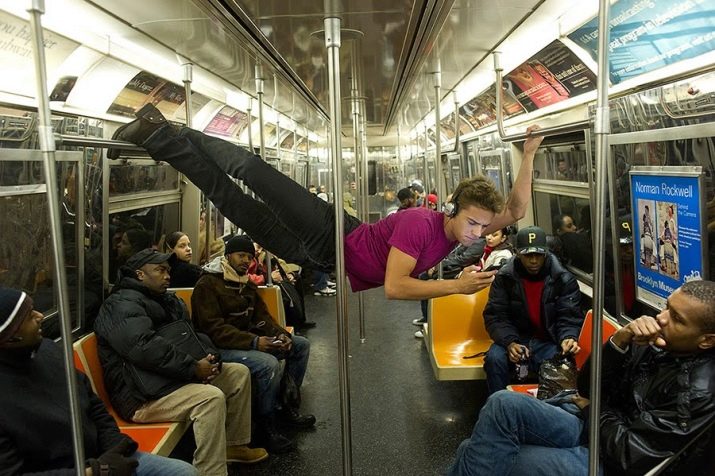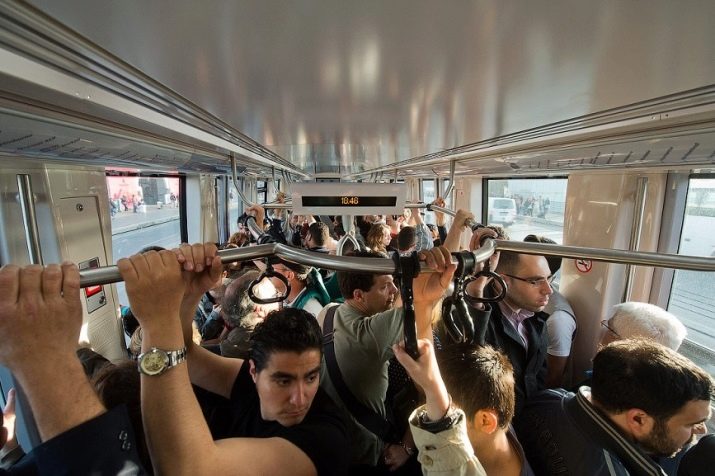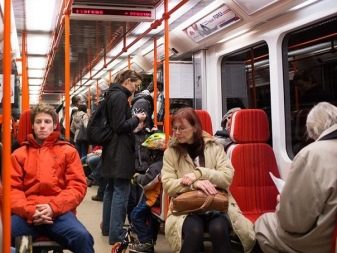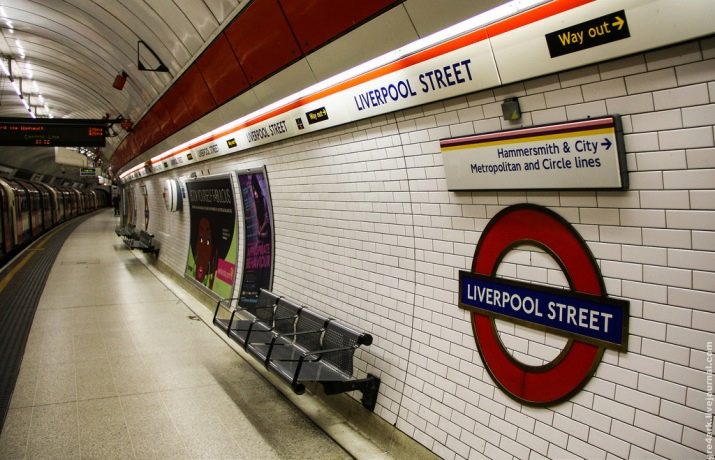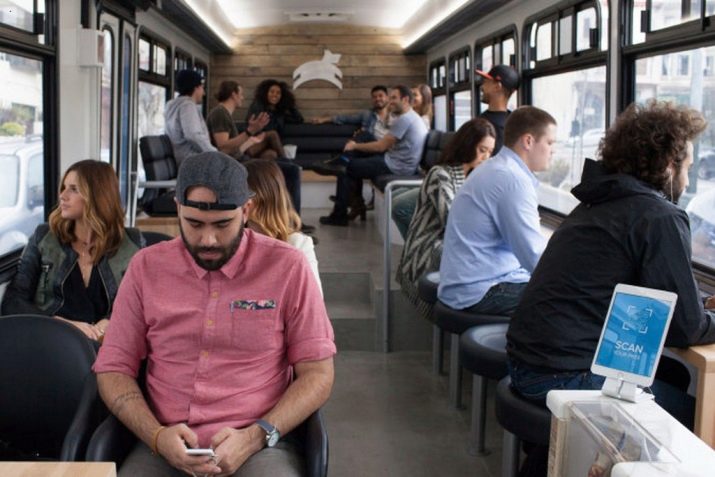Rules of conduct in public transport
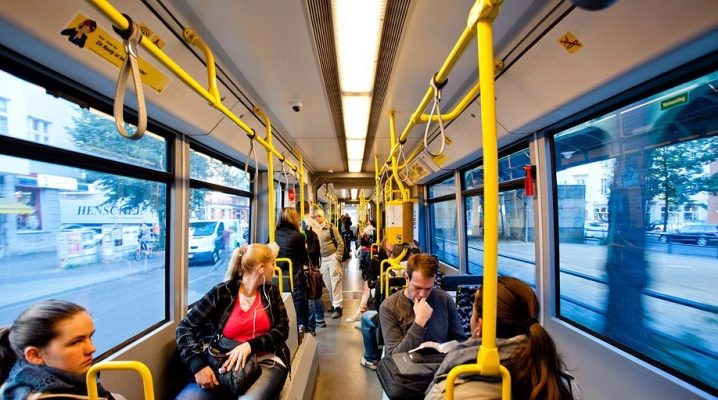
The question of what should be the rules of behavior in public transport, unfortunately, not everyone asks himself. Going on a long trip, for example by train, or arranging a grand departure of children on a class trip, most people do not think that there are specially developed rules of behavior when using different types of transport.
Features
According to the rules of the road, a vehicle is a source of increased danger. A school bus, an electric train or just a passenger car, in addition to comfort and convenience while moving from point A to point B, can at any time get into an emergency or create it for other road users. In this case, often the cause of the emergency situation are the passengers themselves, or rather, their behavior. It does not matter that we face a 20-seat minibus or railway train of ten cars.
Since childhood we all remember the signs with the words “Do not stand at the edge of the platform”, “It is forbidden to talk with the driver while driving”, “Stand to the right, pass to the left” and the like. In childhood, such inscriptions are perceived as something boring, tedious and completely optional, especially if adults do not see. You can ride on the footboard of the tram, immediately jump into the departing train or run across the road directly in front of the running stream of cars. And after all nothing will be, hundred times so did. For the one hundred and first time, unfortunately, irreversible consequences may occur.
The human factor is perhaps one of the most common causes of emergency situations in public transport.
The behavior of passengers can and, unfortunately, often provoke various accidents, including with victims. Often in such cases, the reasons that pushed the passengers to a gross violation of the rules for using public transport are ignorance of these rules or neglect of them.
The notorious "zatsepery" cause, in addition to condemnation, compassion and even understanding: young people are trying to draw attention to themselves, which is understandable, especially in conditions of lack of attention from adults. However, it is difficult for truck drivers and road walkers to understand and forgive exalted teenagers.
In our country, the history of the rules of behavior in public transport begins in the nineteenth century, before the nineteenth century, being one of the most important components of public safety. Modern vehicles designed for convenient and fast movement in space, require compliance with simple and at the same time binding rules.
Only following these rules can largely guarantee the safety of life on public transport.
Fundamental rules
It makes no sense to list the terms of use, for example, the metro or the funicular (this is also a type of public transport), especially there is no need to know all the above mentioned rules by heart. However, following the basic norms of behavior in public transport will not only avoid unpleasant, including extreme situations, but also behave politely towards others.
Below are the main recommendations for the behavior of passengers of public transport:
- be careful. Public transport passengers are best characterized by the concept of “Brownian traffic”, especially with regard to the underground.Following the information signs, as well as following the instructions of the transport staff are not a whim, but they can provide the correct logistics and proper security measures. You need to be careful not only when you are driving your own car: even in a sleeper car of a long-distance train, various unforeseen situations may arise. Always remember: public transport is a source of increased danger.
- Be polite. The culture of transport behavior is not a myth, but a reality that we face every day. Mutual courtesy and patient attitude to others allows you to avoid many unpleasant situations and greatly facilitates the work of employees and transport workers, especially law enforcement officers. Public transport is therefore called that it belongs to everyone equally, and not to you personally, and only on the basis that you paid for the fare.
- Follow the elementary logic. In the tram that approached the stop, the doors opened, and the people happily pushed inside, shoving and pushing as if this was the last tram in the next few days. The elevator rule (also, by the way, the type of passenger transport) works wherever there are doors: first go out, then come in. If there is no room in the subway car or the cabin of ground transportation, do not cram in, creating inconvenience for yourself and others, just wait for the next transport.
- In the aviation sector, passenger traffic rules are significantly stricter than in the rest. And that's fine. When using an airplane or a helicopter, you should be especially careful and attentive to the work of pilots and other air transport workers. And to comply with the rules of conduct during the flight and while staying at the airport is strictly and also with understanding.
Etiquette in foreign countries
Contrary to the stereotype that is still widespread, “everything is wonderful there, and everything is terrible here,” the rules of behavior in public transport in European countries are not very different from those in Russia. In Europe itself there is a significant difference in behavior in public transport of different countries. For example, in Italy or in France, young people can afford to quietly make noise in public transport, without going over the well-known features, and in northern European countries the behavior of passengers can be called more restrained or even phlegmatic.
The main difference of European passengers from ours, domestic is, no matter how trivial, in a more responsible attitude to the rules of behavior in public transport.
In all types of municipal and private passenger transport, you can see the reminders to passengers; however, these reminders are not always duplicated in English, even if it happens in the historical center of a large European city.
General norms of behavior in urban transport, as already mentioned, are in many ways similar to ours, and existing differences can be briefly summarized as follows:
- Europeans "on average in the hospital" more closely follow the rules and regulations;
- in a European city, you will most often not be persistently offering help or loudly expressing discontent with your ignorance or ignorance of the rules;
- Europeans in general treat foreigners more condescendingly, in particular, this is manifested in the fact that you will most likely be explained in detail how best to get to the place you need.
In European countries, much more serious about the control of road transport, including passenger traffic. On trips on the subway or trolley bus, commuter train, and especially on air transport, there is a serious control of both travel and baggage allowance and safety measures.Of course, it is impossible to predict the occurrence of emergencies at one hundred percent, but the prevention of accidents on transport in Europe is no less attention paid than in our country.
And it is better to ask again five times and clarify whether you are doing the right thing than subsequently getting into an unpleasant situation.
How to behave in public transport, see in the video below.




